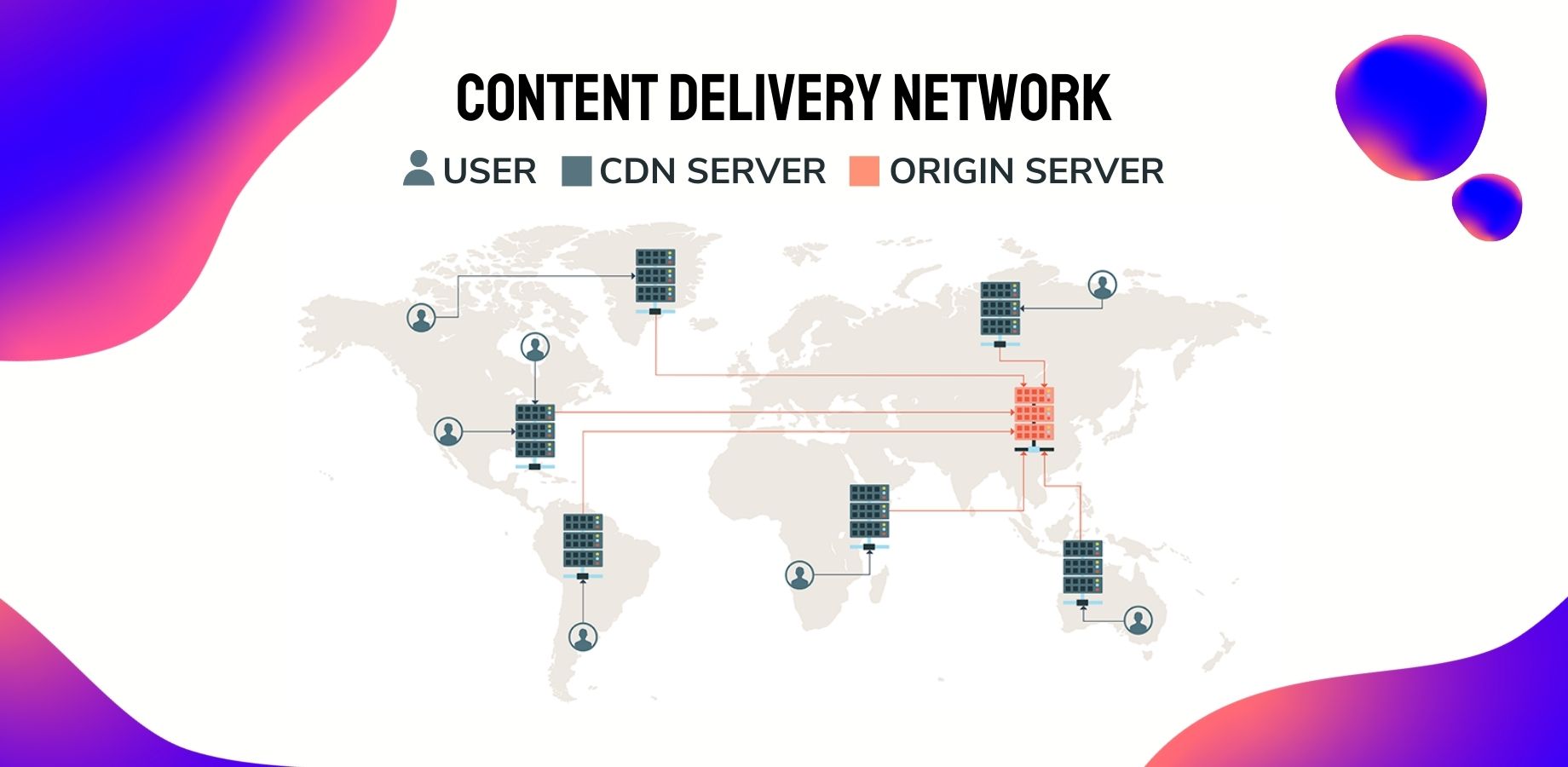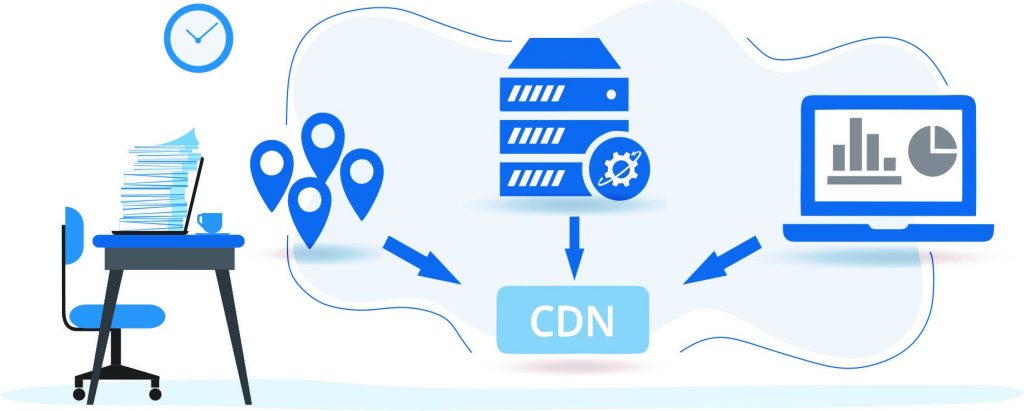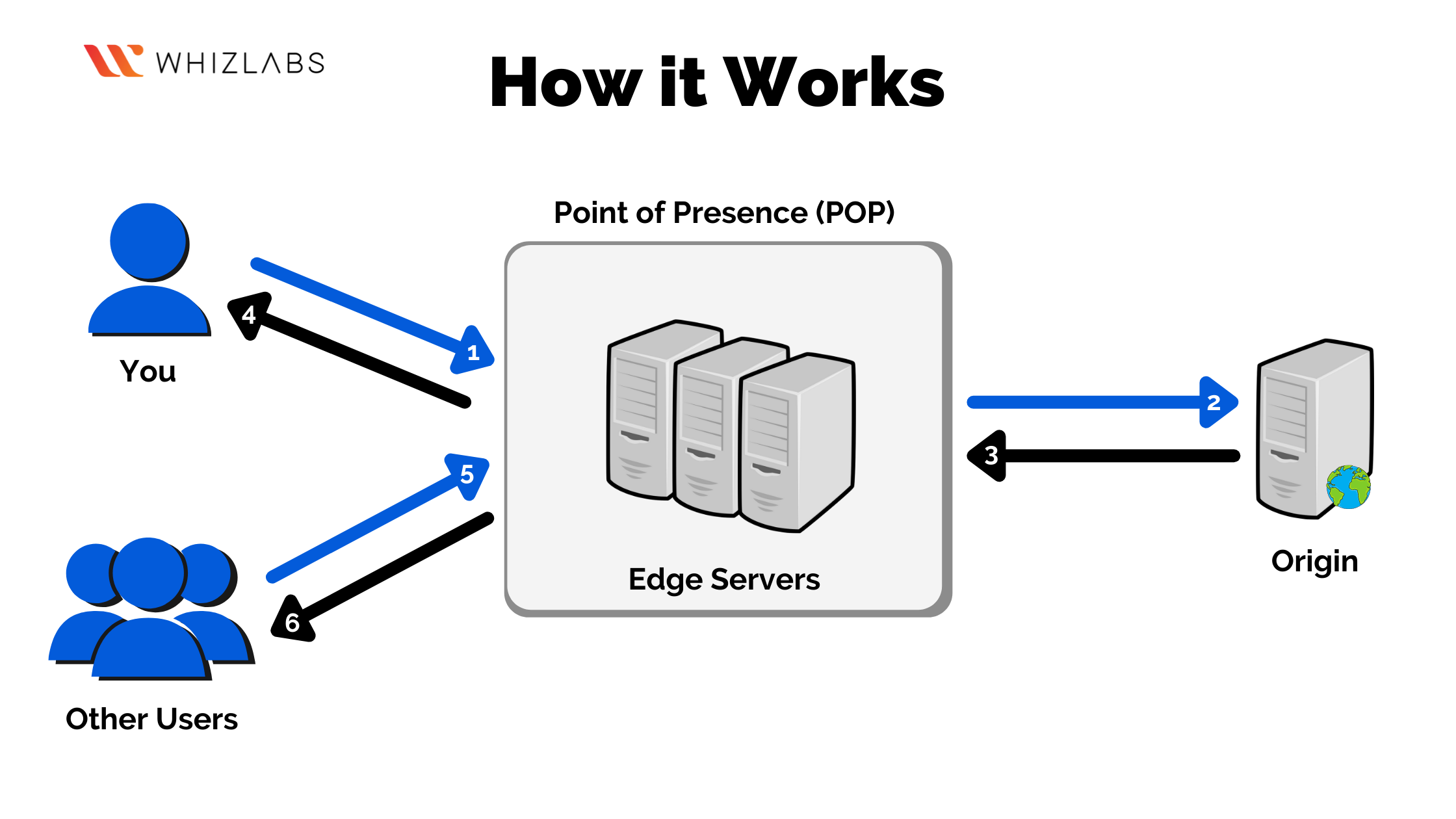Improved User Experience

- Faster loading times: A CDN distributes content closer to users, reducing latency and improving app responsiveness.
- Reduced buffering: For streaming media content, a CDN can eliminate buffering and ensure a smooth viewing experience.
- Lower abandonment rates: By delivering content quickly and reliably, a CDN reduces the likelihood of users becoming frustrated and abandoning the app.
Increased Scalability

- Handle high traffic surges: A CDN can handle sudden spikes in traffic without impacting performance, ensuring the app remains accessible even during peak usage.
- Support global expansion: A CDN allows content to be cached in multiple locations, making it accessible to users around the world with low latency.
Enhanced Security

- Protected against DDoS attacks: A CDN can mitigate distributed denial of service (DDoS) attacks by distributing content across multiple servers, making it difficult for attackers to disrupt service.
- Reduced vulnerability to content breaches: By caching content in multiple locations, a CDN makes it less likely that sensitive data will be compromised in a single breach.
Cost Savings
- Reduced bandwidth costs: By delivering content from edge locations, a CDN reduces the amount of data that needs to be transferred from the origin server, saving on bandwidth costs.
- Improved server performance: A CDN offloads some of the load from the origin server, improving overall server performance and reducing the need for expensive upgrades.
Other Benefits
- Enhanced reliability: A CDN can provide redundancies and automatic failovers, ensuring that content is always available even in the event of server outages.
- Improved compliance: A CDN can help with compliance requirements by providing audit trails and security logs.
- Simplified content management: A CDN provides a centralized platform for managing and distributing app content, simplifying the process for developers.## The Benefits Of Using A CDN For Mobile App Content Delivery
Executive Summary
Content Delivery Networks (CDNs) are distributed networks of servers that deliver content to end-users with high performance and reliability. They are used to improve the delivery of mobile app content, such as images, videos, and other assets, by reducing latency and increasing throughput. This can result in improved user experience, reduced buffering, and faster load times.
Introduction
Mobile apps are becoming increasingly popular, and with that comes the need for fast and reliable content delivery. A CDN can help to improve the delivery of mobile app content by reducing latency and increasing throughput. This can result in improved user experience, reduced buffering, and faster load times.
FAQs
What is a CDN?
A CDN is a network of servers that are distributed across the globe. When a user requests content from a website or mobile app, the request is routed to the closest server in the CDN. This reduces latency and improves performance.
How can a CDN help my mobile app?
A CDN can help your mobile app by:
- Reducing latency: By delivering content from a server that is closer to the user, a CDN can reduce latency and improve performance.
- Increasing throughput: A CDN can increase throughput by using multiple servers to deliver content. This can help to reduce buffering and improve load times.
- Improving reliability: A CDN can improve reliability by providing redundant servers. If one server fails, the request can be routed to another server in the CDN.
How do I get started with using a CDN?
There are a number of CDN providers available. You can choose a provider that offers the features and pricing that best meet your needs. Once you have chosen a provider, you will need to configure your mobile app to use the CDN.
Subtopics
1. Reduced Latency
Latency is the time it takes for a request to be sent from a user’s device to a server and back. A CDN can reduce latency by delivering content from a server that is closer to the user. This can result in improved user experience and faster load times.
- Proximity to users: A CDN has servers located in multiple locations around the world. This means that users can access content from a server that is close to them, which reduces latency.
- Optimized routing: A CDN uses intelligent routing algorithms to determine the best path for content delivery. This can help to reduce latency and improve performance.
- Caching: A CDN can cache content on its servers. This means that subsequent requests for the same content can be served from the cache, which can further reduce latency.
2. Increased Throughput
Throughput is the amount of data that can be transferred over a network in a given amount of time. A CDN can increase throughput by using multiple servers to deliver content. This can help to reduce buffering and improve load times.
- Multiple servers: A CDN has multiple servers located in different locations. This means that content can be delivered from multiple servers simultaneously, which can increase throughput.
- Load balancing: A CDN can use load balancing to distribute traffic across its servers. This can help to prevent any one server from becoming overloaded, which can improve throughput and performance.
- Content compression: A CDN can use content compression to reduce the size of files. This can help to improve throughput and reduce load times.
3. Improved Reliability
Reliability is the ability of a system to perform its intended function without failure. A CDN can improve reliability by providing redundant servers. If one server fails, the request can be routed to another server in the CDN. This can help to ensure that users can always access content, even if there is a problem with one of the servers.
- Redundant servers: A CDN has multiple servers located in different locations. This means that if one server fails, the request can be routed to another server, which ensures that users can always access content.
- Fault tolerance: A CDN is designed to be fault tolerant. This means that it can continue to operate even if there is a problem with one or more of its servers.
- Monitoring and alerting: A CDN provider will typically monitor its network and servers for problems. If a problem is detected, the provider will typically send an alert to the customer.
4. Scalability
Scalability is the ability of a system to handle increasing demand. A CDN can be scaled to meet the demands of a growing audience. This can help to ensure that users can always access content, even during peak traffic periods.
- Elastic scaling: A CDN can use elastic scaling to automatically add or remove servers as needed. This can help to ensure that the CDN can handle increasing demand without any disruption to service.
- Global network: A CDN has a global network of servers. This means that it can scale to meet the demands of users around the world.
- Content caching: A CDN can cache content on its servers. This can help to reduce the load on the origin server and improve scalability.
5. Security
Security is important for any website or mobile app. A CDN can help to improve the security of your mobile app by providing a number of security features, such as:
- SSL/TLS encryption: A CDN can use SSL/TLS encryption to encrypt data in transit. This can help to protect data from being intercepted and stolen.
- DDoS protection: A CDN can provide DDoS protection to help mitigate DDoS attacks. This can help to ensure that your mobile app is always available to users.
- Web application firewall: A CDN can provide a web application firewall to help protect your mobile app from web attacks. This can help to prevent data breaches and other security threats.
Conclusion
Using a CDN can provide a number of benefits for mobile app content delivery. By reducing latency, increasing throughput, improving reliability, scalability, and security, a CDN can help to improve the user experience and performance of your mobile app.
Keyword Tags
- CDN
- Mobile app content delivery
- Latency
- Throughput
- Reliability
- Scalability
- Security
